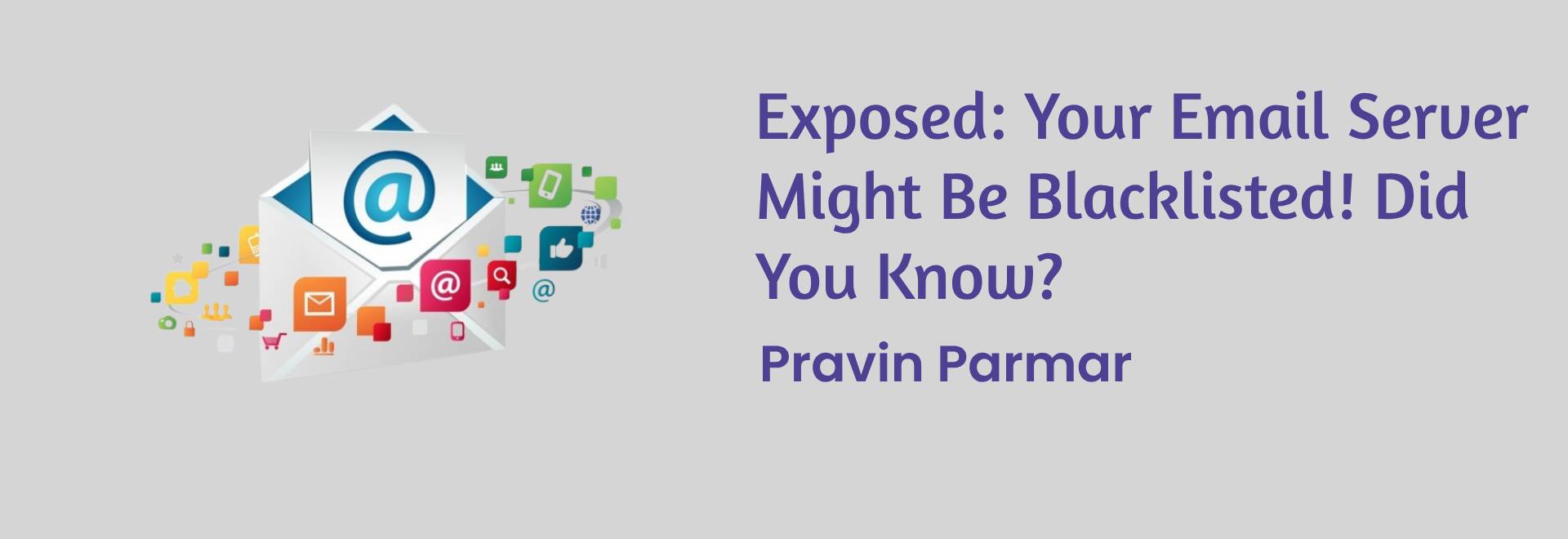
Table of Contents
ToggleUnderstanding Email Blacklisting
How Does Blacklisting Happen?
Spamming: The most common reason for blacklisting is spamming. If your server is found to be sending out unsolicited bulk emails, it’s likely to end up on a blacklist sooner or later.
Compromised Accounts: Hackers may gain access to your server or individual email accounts, using them to send out spam without your knowledge.
Poor Security Measures: Weak passwords, outdated software, and lack of proper security protocols can make your server vulnerable to exploitation, leading to blacklisting.
Implications of Blacklisting
The consequences of having your email server blacklisted can be severe:
Email Delivery Issues: Your emails may not reach their intended recipients, or they might end up in their spam folders, significantly reducing their effectiveness.
Damage to Reputation: Blacklisting reflects poorly on your organization’s reputation. It implies negligence in maintaining email security and can erode trust among customers and partners.
Loss of Business Opportunities:
Failed email communications can result in missed opportunities, lost sales, and damaged client relationships.
How to Check if Your Server is Blacklisted
Fortunately, there are ways to determine if your email server has been blacklisted:
Use Blacklist Checking Tools: Several online tools allow you to check the status of your server across multiple blacklists simultaneously.
Monitor Email Delivery Metrics: Sudden drops in email delivery rates or an increase in bounce-back messages may indicate blacklisting.
Receive Reports from Recipients: If clients or partners inform you that they’re not receiving your emails, it’s worth investigating the possibility of blacklisting.
Steps to Avoid Blacklisting
Implement Robust Security Measures: Strengthen your server’s security by using strong passwords, enabling two-factor authentication, and keeping software updated.
Authenticate Your Emails: Implement SPF, DKIM, and DMARC protocols to authenticate your emails, reducing the likelihood of them being flagged as spam.
Monitor Outgoing Emails: Keep a close eye on outgoing email traffic for signs of spamming or suspicious activity.
Educate Users: Train employees on email security best practices, including how to spot phishing attempts and avoid clicking on suspicious links or attachments.
What to Do if Your Server is Blacklisted
If your worst fears are realized and your email server ends up on a blacklist, here’s what you can do:
Identify the Cause: Determine why your server was blacklisted. Was it due to spamming, compromised accounts, or security vulnerabilities?
Rectify the Issue: Take immediate action to address the underlying problem. This might involve securing compromised accounts, removing malware, or patching security vulnerabilities.
Request Delisting: Most blacklisting authorities provide a process for delisting once you’ve resolved the issue. Follow their instructions to request removal from the blacklist.
Monitor and Prevent Recurrence: Keep a vigilant eye on your server’s activities to prevent a recurrence of the issue that led to blacklisting.
Conclusion
Frequently Asked Questions
Email blacklisting can have several negative consequences:
- Your emails may not reach their intended recipients.
- Emails may end up in recipients’ spam folders, reducing their visibility and effectiveness.
- Your organization’s reputation may suffer due to being associated with spamming or security negligence.
- Loss of business opportunities due to failed email communications with clients or partners.
The most common reasons for email blacklisting include:
- Sending out unsolicited bulk emails (spam).
- Having compromised accounts used for sending spam.
- Poor security measures such as weak passwords or outdated software, making the server vulnerable to exploitation.
To prevent email blacklisting, consider implementing the following measures:
- Strengthen your server’s security with strong passwords, two-factor authentication, and regular software updates.
- Authenticate your emails using SPF, DKIM, and DMARC protocols.
- Monitor outgoing email traffic for signs of spamming or suspicious activity.
- Educate users on email security best practices to avoid falling victim to phishing attempts or malware.
If your email server ends up on a blacklist, follow these steps:
- Identify the cause of blacklisting, such as spamming or security vulnerabilities.
- Take immediate action to rectify the underlying issue, such as securing compromised accounts or removing malware.
- Request delisting from the relevant blacklisting authorities once the issue is resolved.
- Monitor your server’s activities to prevent a recurrence of the problem.